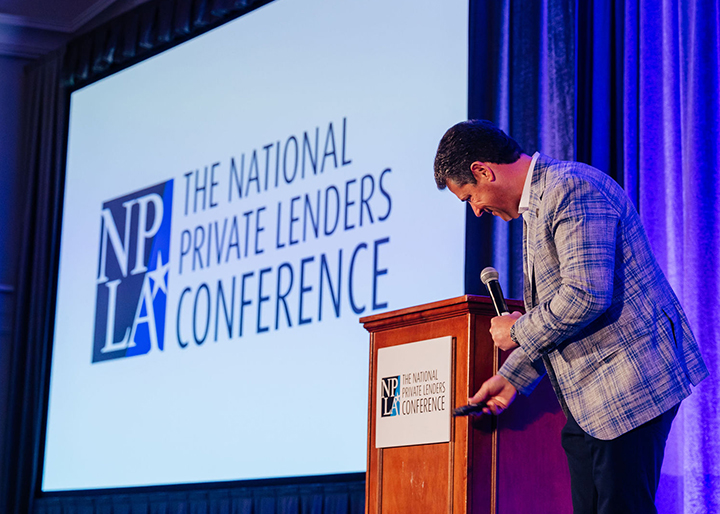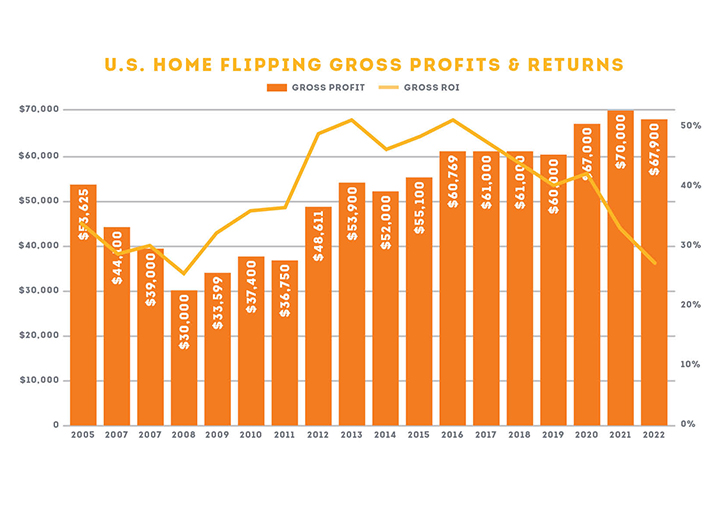National Private Lenders Conference Makes Waves
The Rebranded Conference Made a Splash in Key Biscayne, Florida By Carole VanSickle Ellis Last month, a private-lending industry tradition went through an exciting evolution, making waves at one of the biggest conferences for private lenders in the country. On March 27, 2023, the first Pitbull Conference of 2023 started out with the announcement that new ownership would be renaming and repurposing the 21-year-old event. The Pitbull conference will move
Read More












